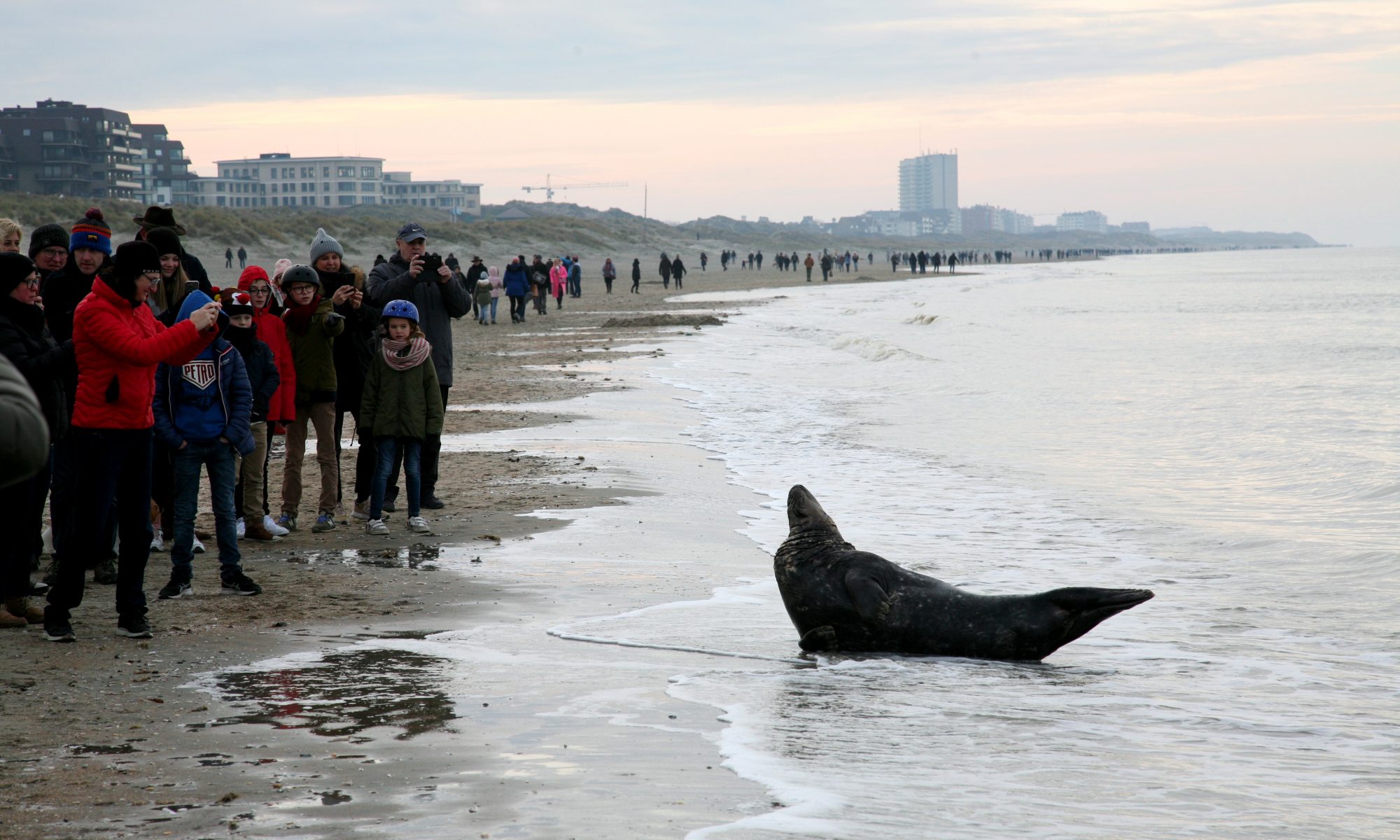A new report has been published (only available in Dutch and French) with information on strandings and sightings of marine mammals in Belgium in 2019. Also some remarkable fish and the observations of sea turtles in our waters are discussed. Furthermore, the report contains information about marine mammals in exhibitions and the excavation of Sperm Whale Valentine in Koksijde.
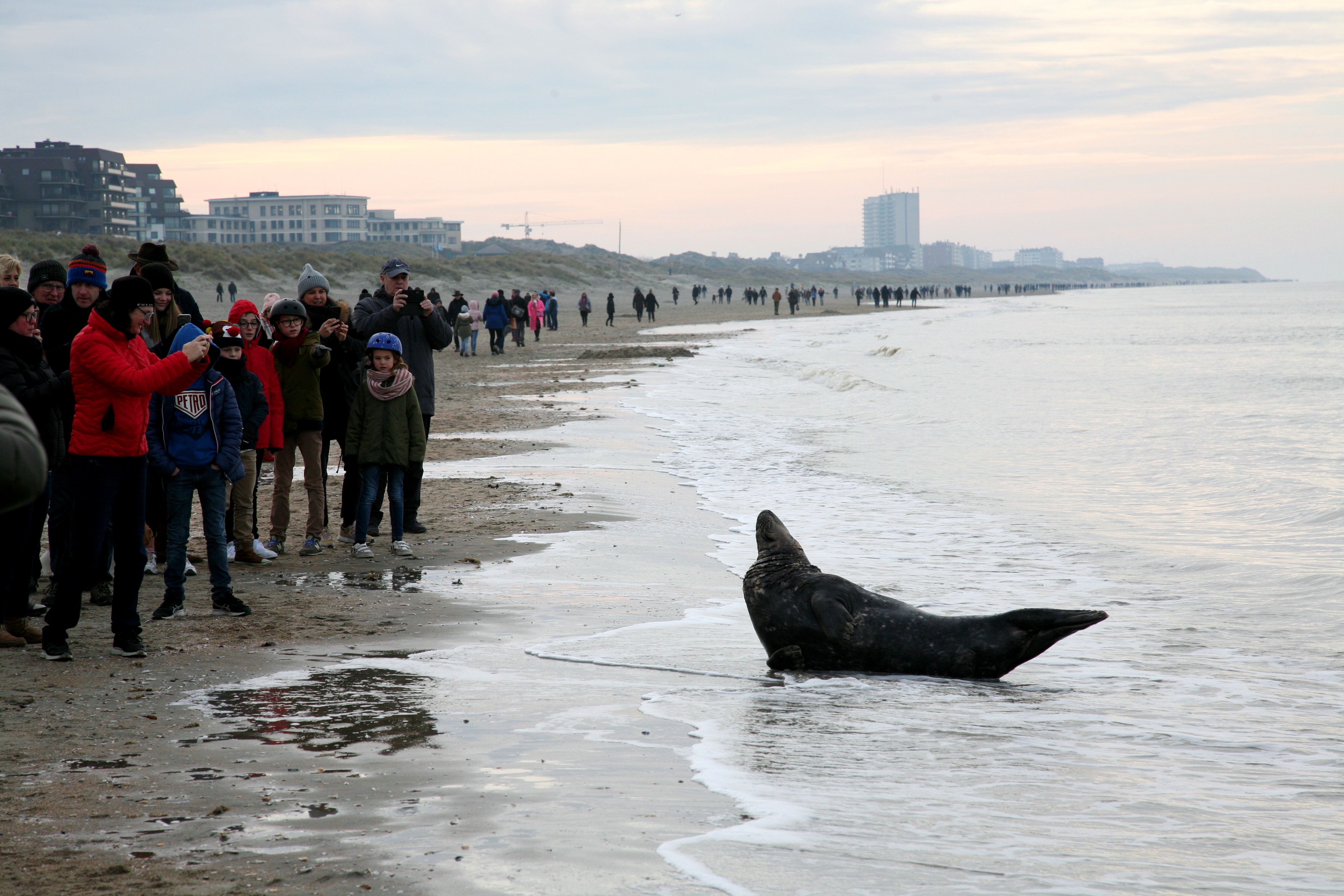
The Royal Belgian Institute of Natural Sciences (RBINS) has been responsible for coordinating research into the strandings and cause of death of marine mammals in Belgium since the early 1990s. Information on observations at sea is also collected. With the collaboration of SEALIFE Blankenberge and the Universities of Liège and Ghent, RBINS has, as it does every year, brought together the available data in a report.
Relatively Few Strandings of Harbour Porpoises
In 2019 51 harbour porpoises washed ashore: a low number compared to previous years. More than half of these animals were in a far state of decomposition, and often the cause of death could no longer be determined. Four porpoises had ended their lives as bycatch, four others as a result of predation by a grey seal. The estimated density of harbour porpoises at sea in June and August was about the average of previous years. The only other cetacean found stranded was a highly decomposed common dolphin.
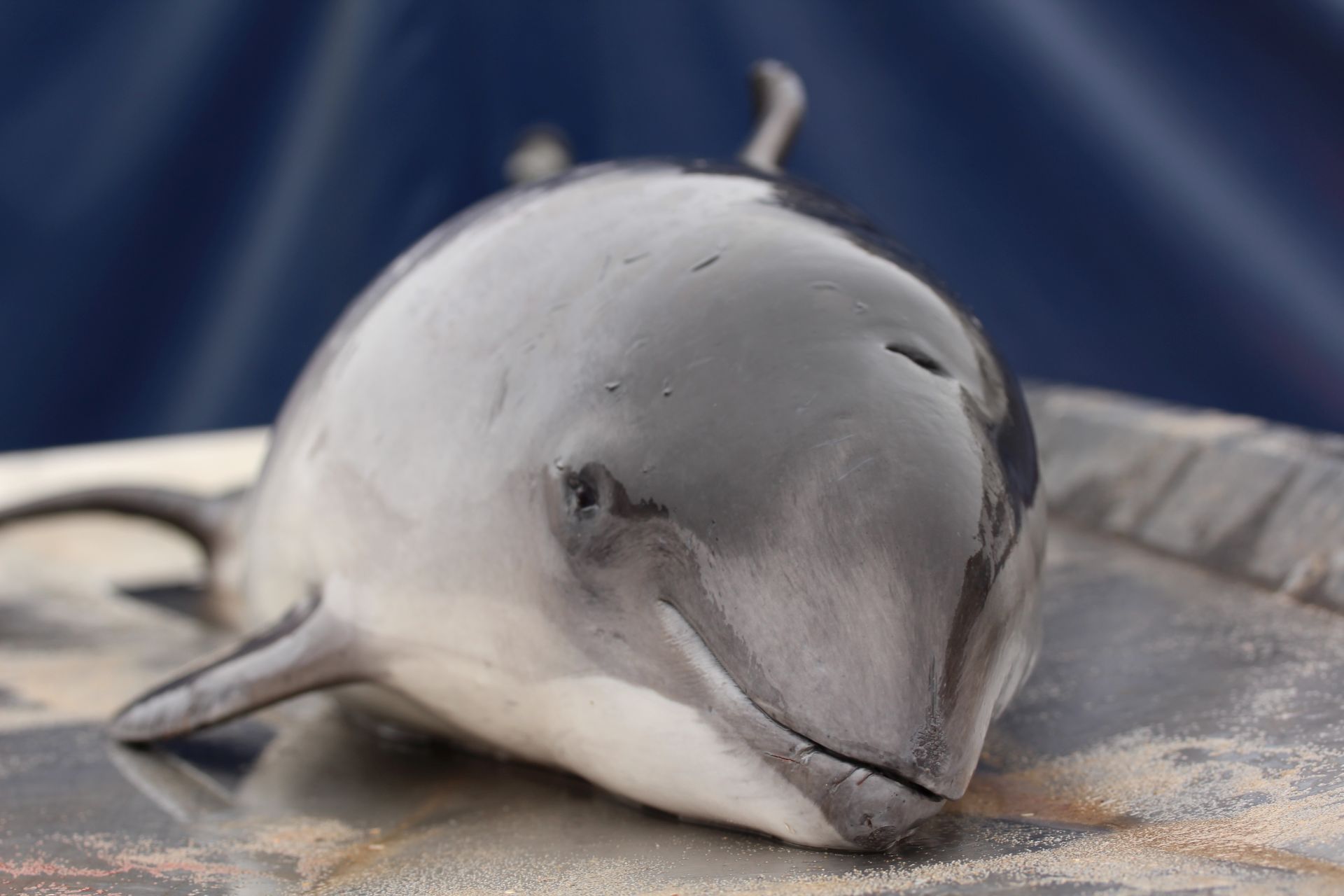
Like last year, a solitary, social bottlenose dolphin was present for months in the area bordering French waters. In addition, a group of bottlenose dolphins was observed twice. More exceptional were the sightings of a humpback and a minke whale.
More Seals and Strange Guests
The presence of seals on our coast is still on the rise; in the port of Nieuwpoort there is now a permanent resting place which is often used by more than 10 harbour seals. Grey seals also seem to be becoming more common. This translates into increasing numbers of dead and dying seals on the beach: 47, the highest number ever recorded. SeaLife took care of 11 Grey and 15 Common Seals.
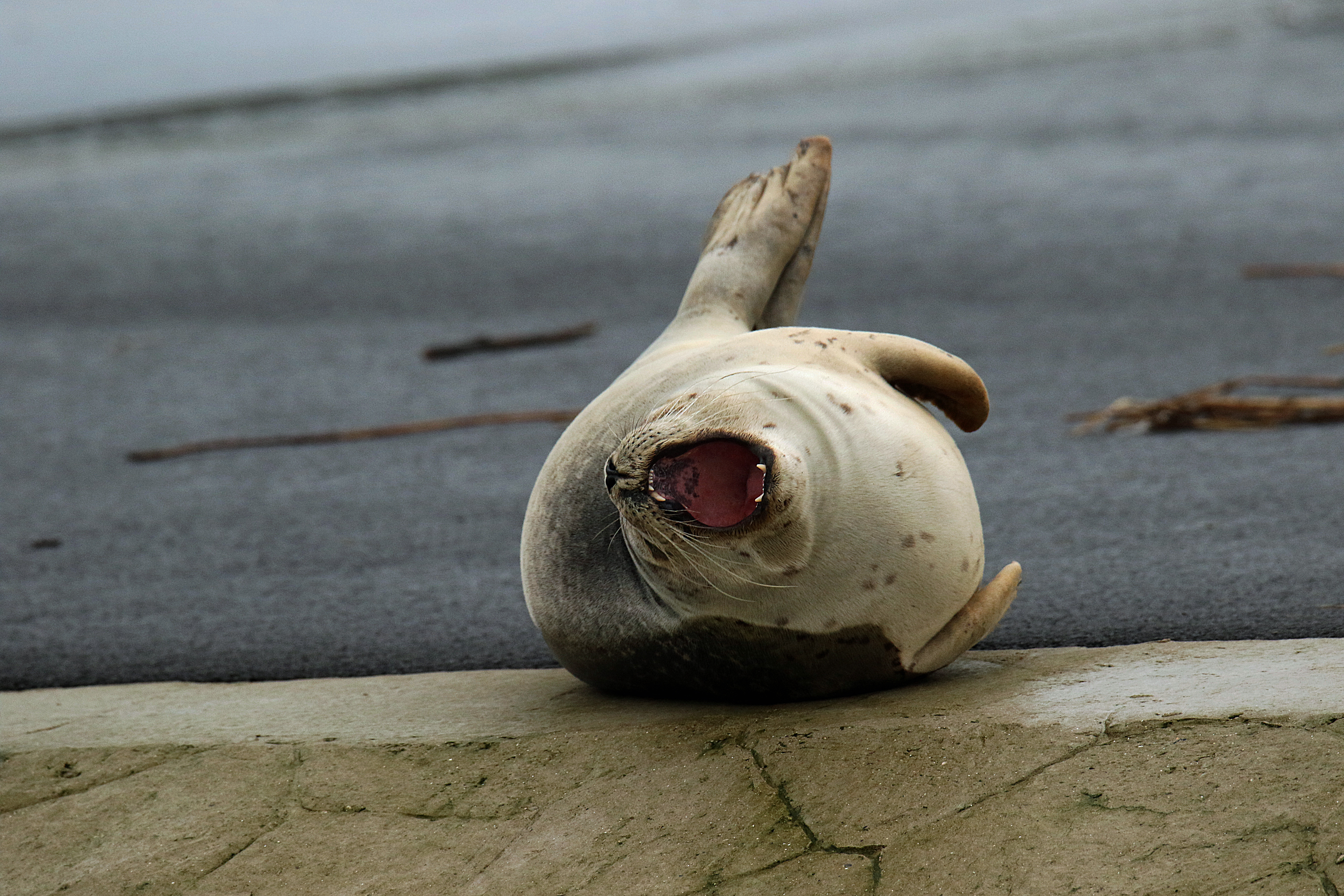
In 2019, two leatherback turtles and some sunfish were observed. Their presence was possibly related to an unusual influx of Atlantic water. The exact species to which a stranded sunfish belonged is still under investigation.
Marine Mammals in Expositions
Marine mammals are very popular: some temporary or permanent exhibitions were opened in 2019, and the skeleton of a sperm whale that was washed ashore in 1989 was excavated with the aim of preparing and exhibiting it.
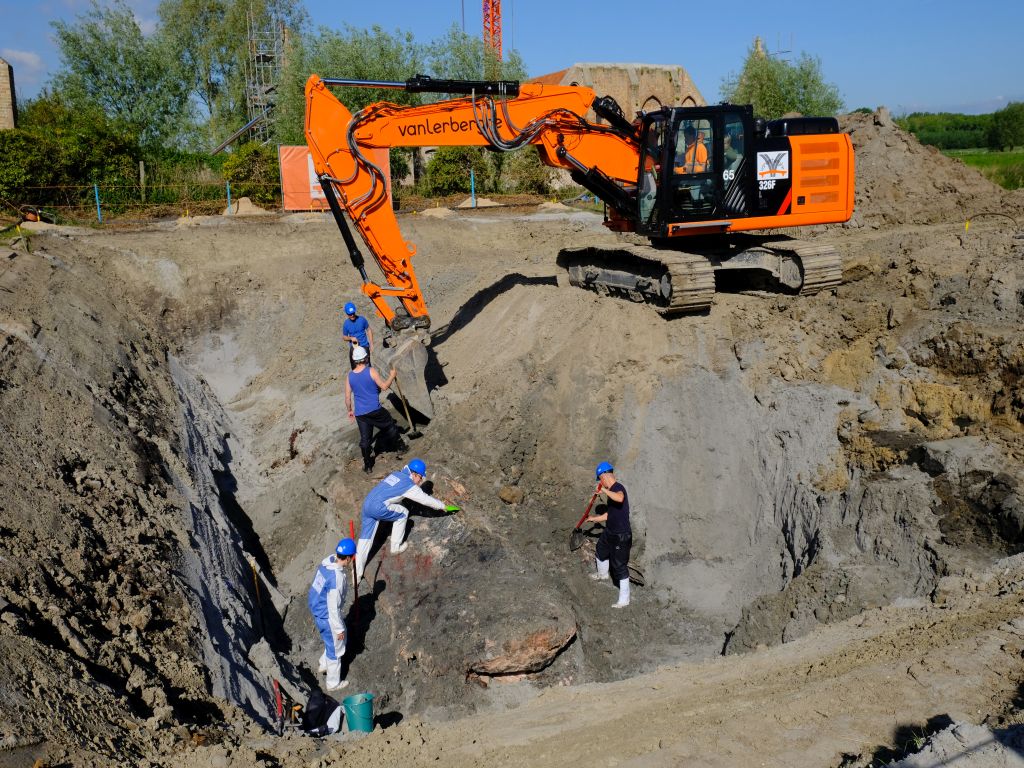
Finally, the report also contains editorials on underwater noise and porpoises, the international dimension of marine mammal research, some well-known seals in Nieuwpoort, and extreme fluctuations in the weight of seals.
For information about recent sightings of marine mammals in Belgium and instructions on what to do when stranded, please visit the website marinemammals.be. The complete report for 2019, as well as the older marine mammal reports, can be consulted here.

